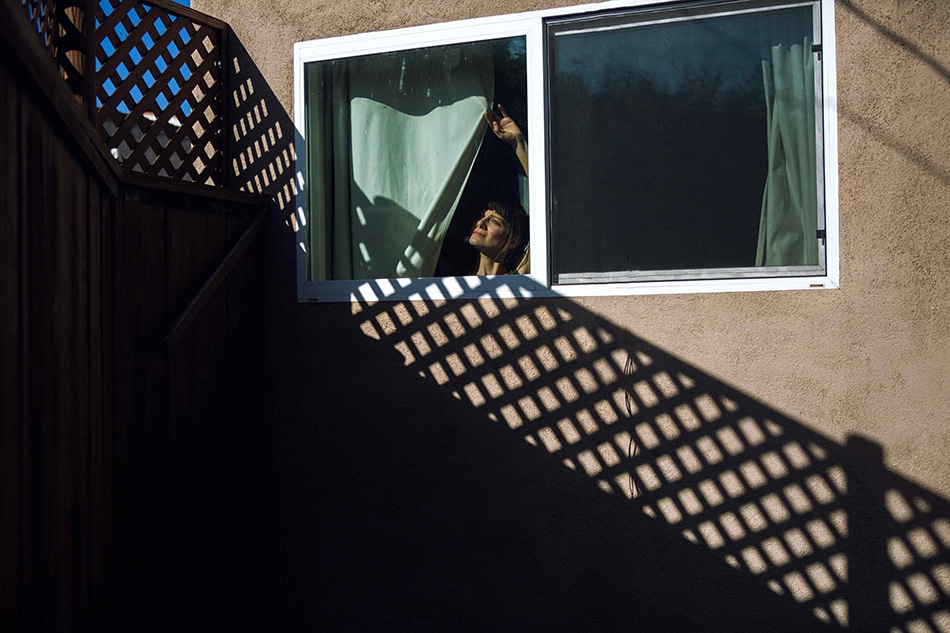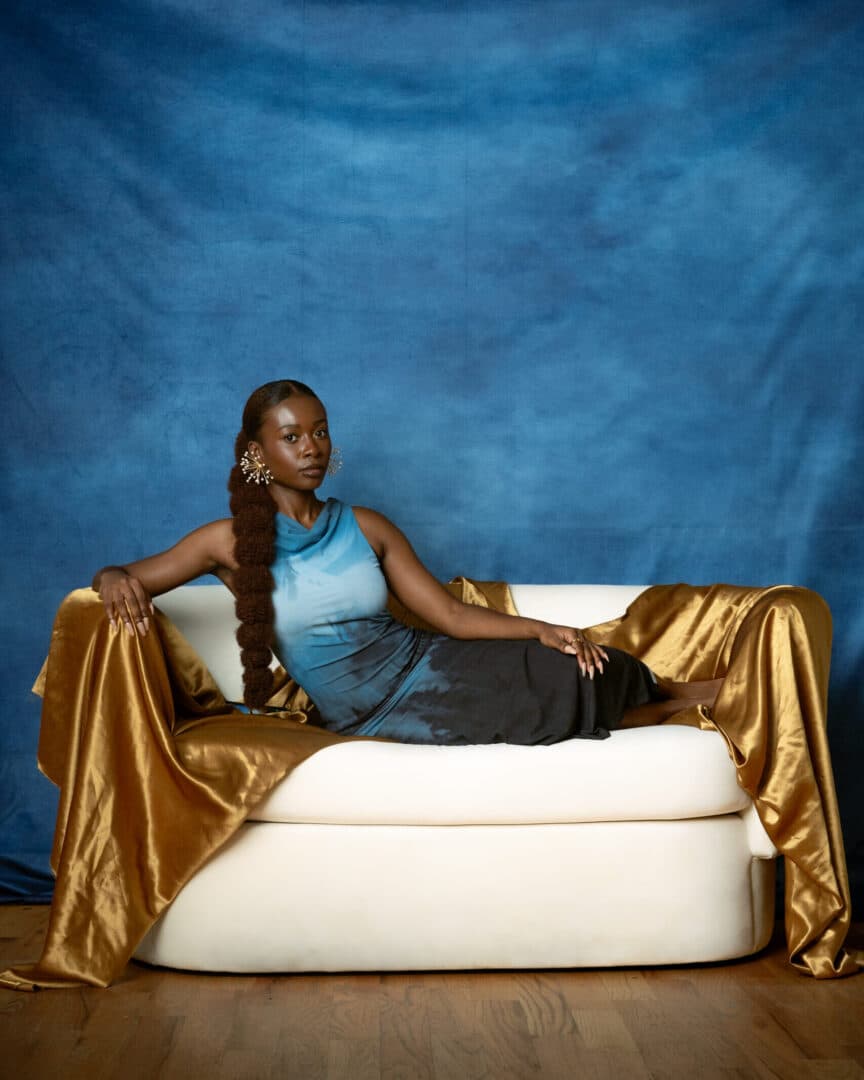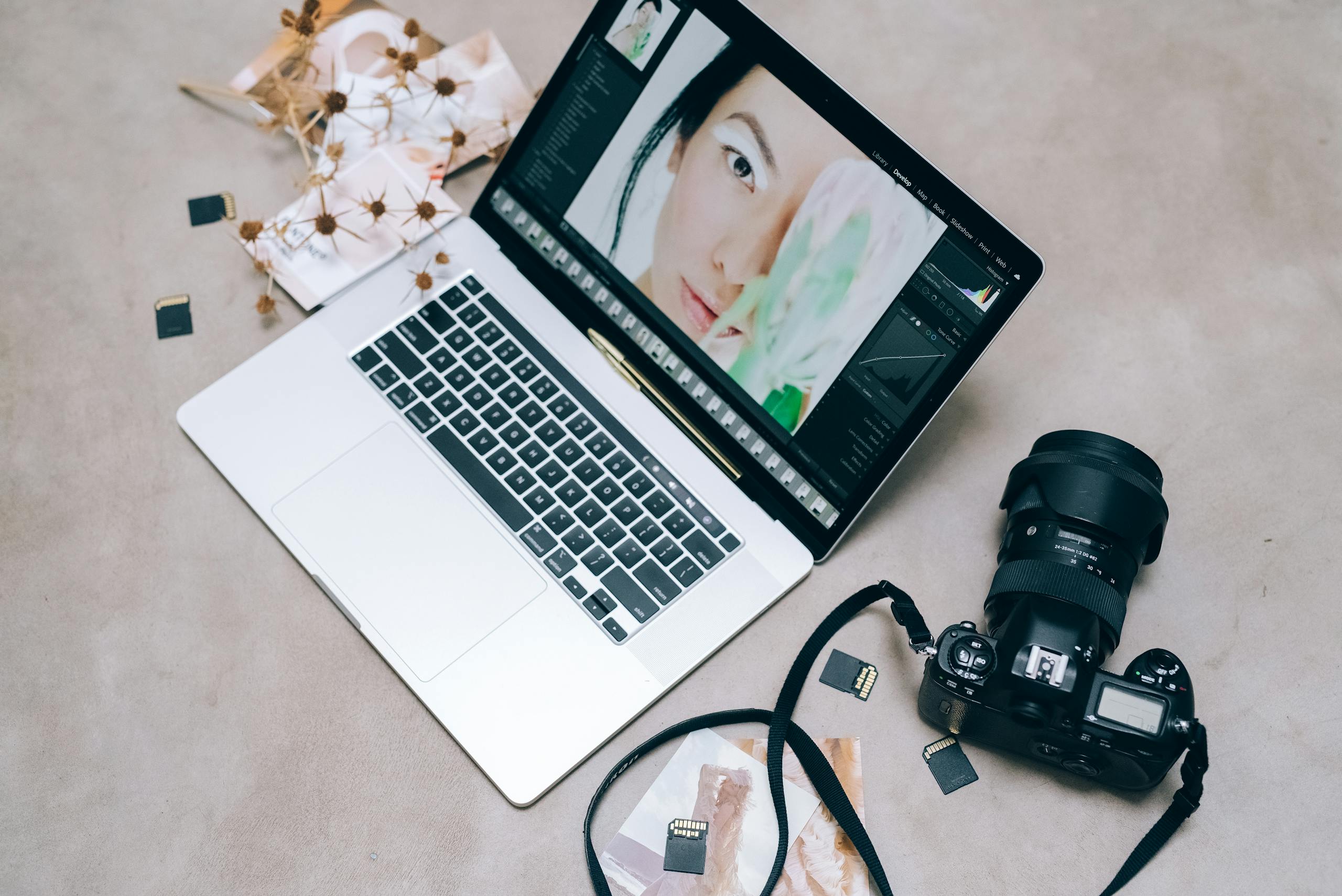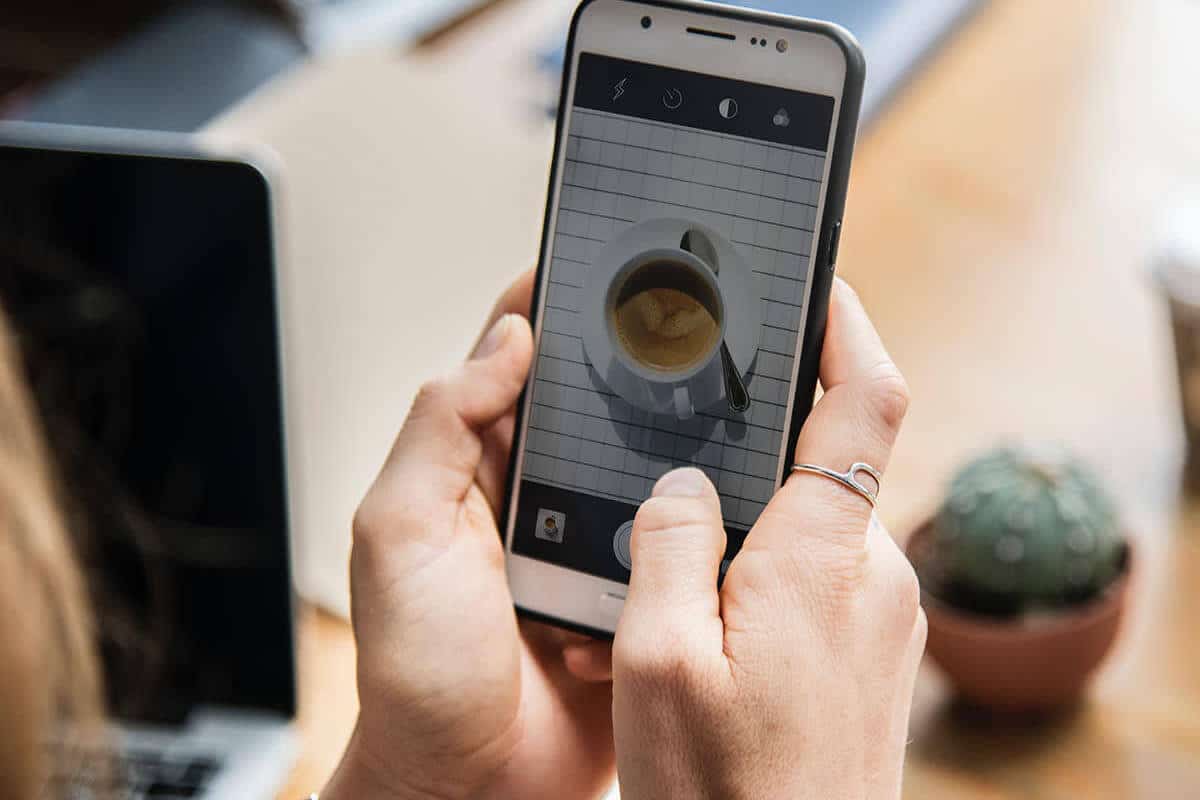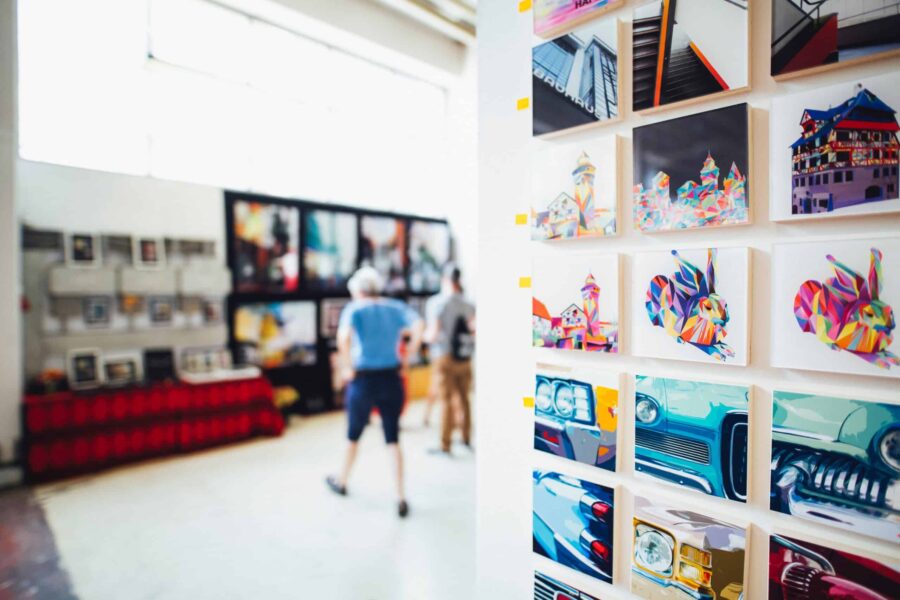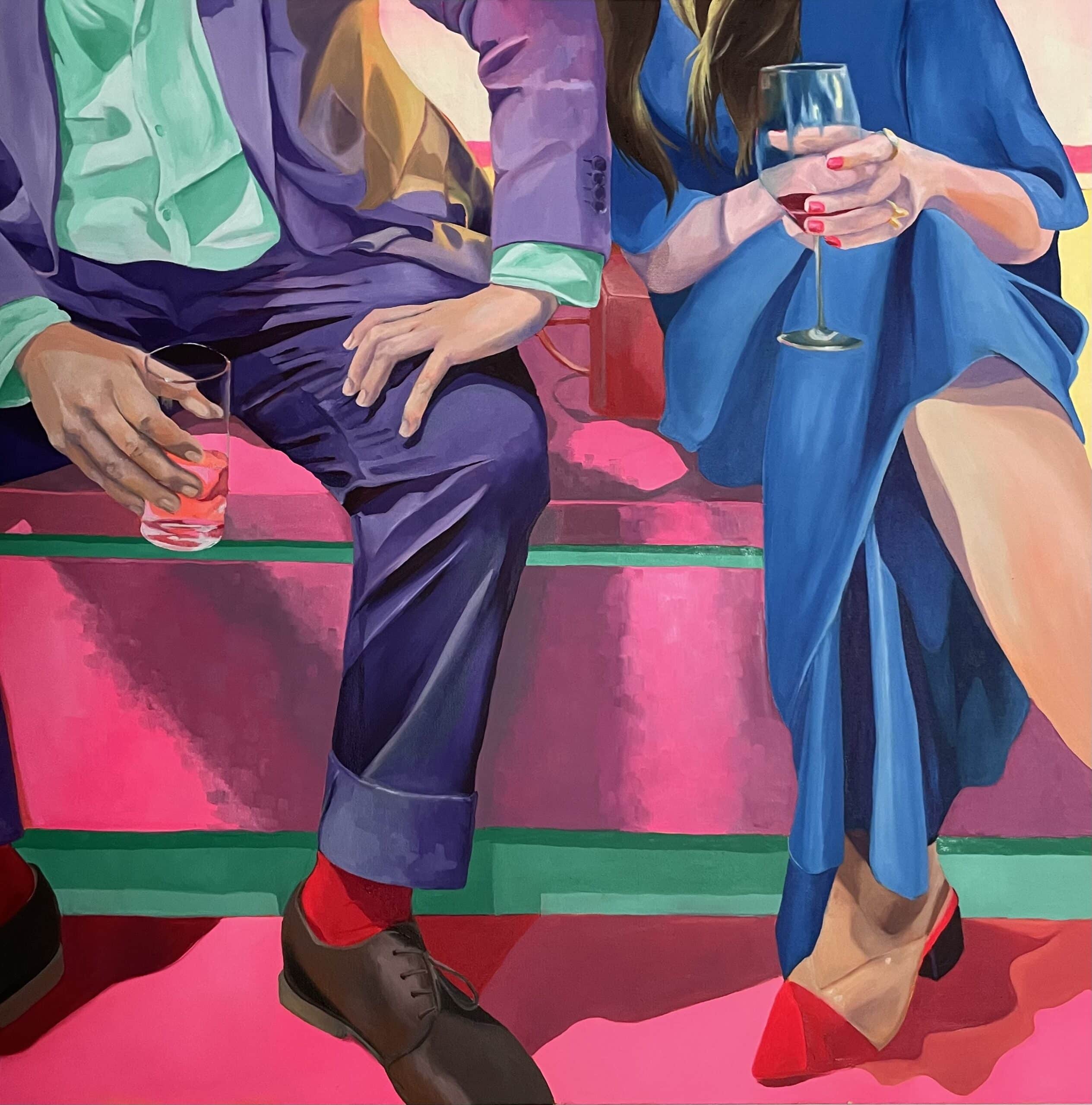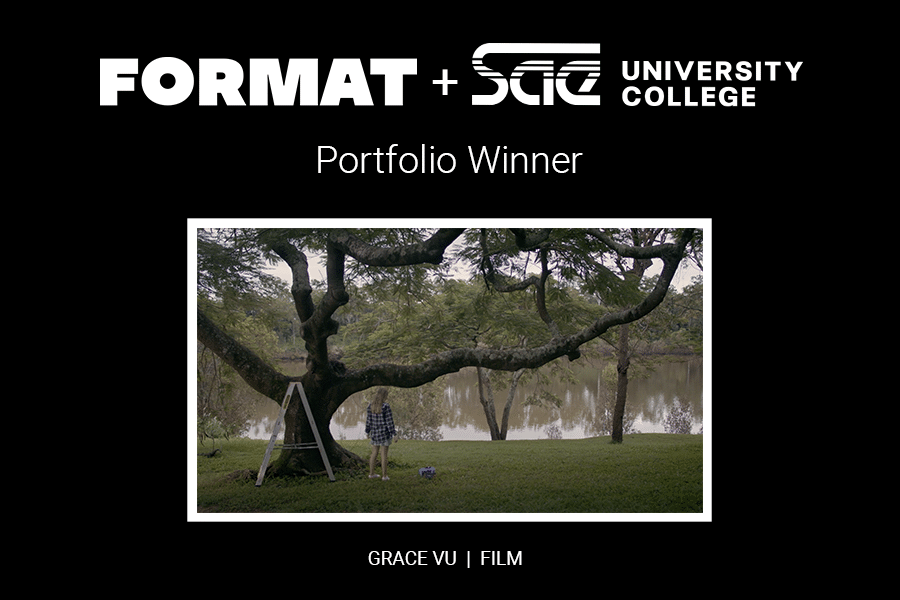When COVID first hit in the Spring of 2019, LA-based photographer Caroline White found herself getting restless like never before. Photographers, after all, often depend on life events to give them inspiration and subject matter to capture. With pandemic restrictions in place, she was one of the many photography professionals who found themselves shut in, short on work.
While many people retreated indoors and waited for life to return to normal, White chose to use her unique vantage point to capture the world around her during the pandemic. The end result is an exhibit she calls Looking Thru Glass: A Los Angeles Portrait Photographer’s Quest for Connection and Creativity in the Age of Covid. The primary subjects of Thru the Looking Glass are her neighbors and friends, who she captures from a safe distance, often from behind a window or a glass door.
Format spoke with White about her latest exhibit and her experiences in adapting as a fotógrafo retratista in the time of global unease and increased isolation.
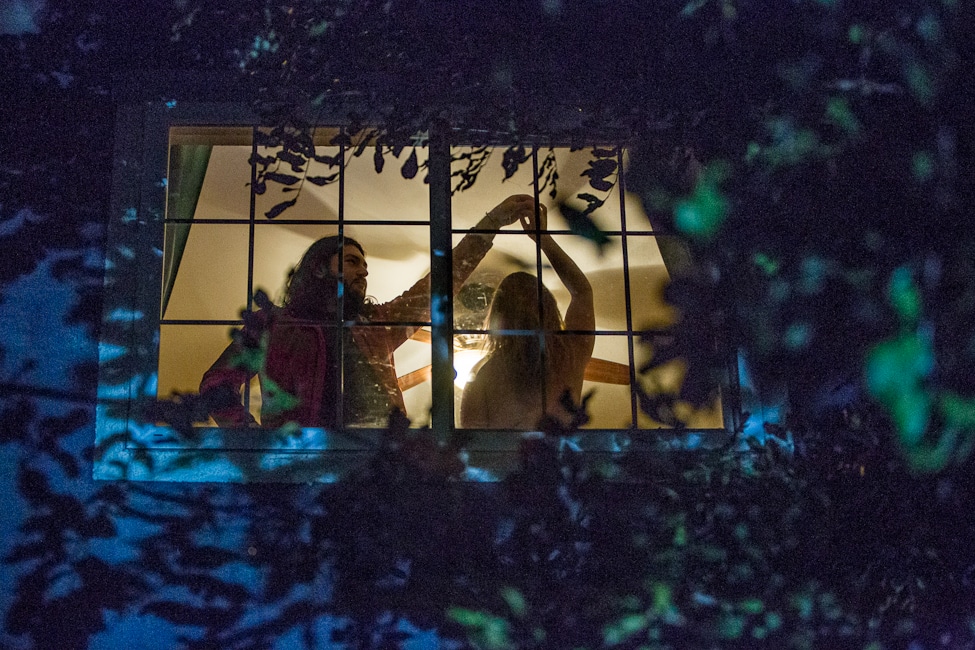
Revista Format: Háblenos un poco de usted y de lo que le hizo interesarse o iniciarse en la fotografía.
Caroline White: I think I always knew I wanted to be a photographer, but I also fell in love with film and comedy, so I took a very long detour. My experience in film, theatre, and commercials covered acting and working in all areas of entertainment, from location scouting and catering on my own short films, to stand up comedy, and even starting a successful theatrical wing of a commercial agency I assisted at. I think whenever I watched movies, I was always looking with a photographer’s eye. When I finally got a camera and started doing portraits And headshots professionally in 2005, I’d really been percolating on that idea since 1999.
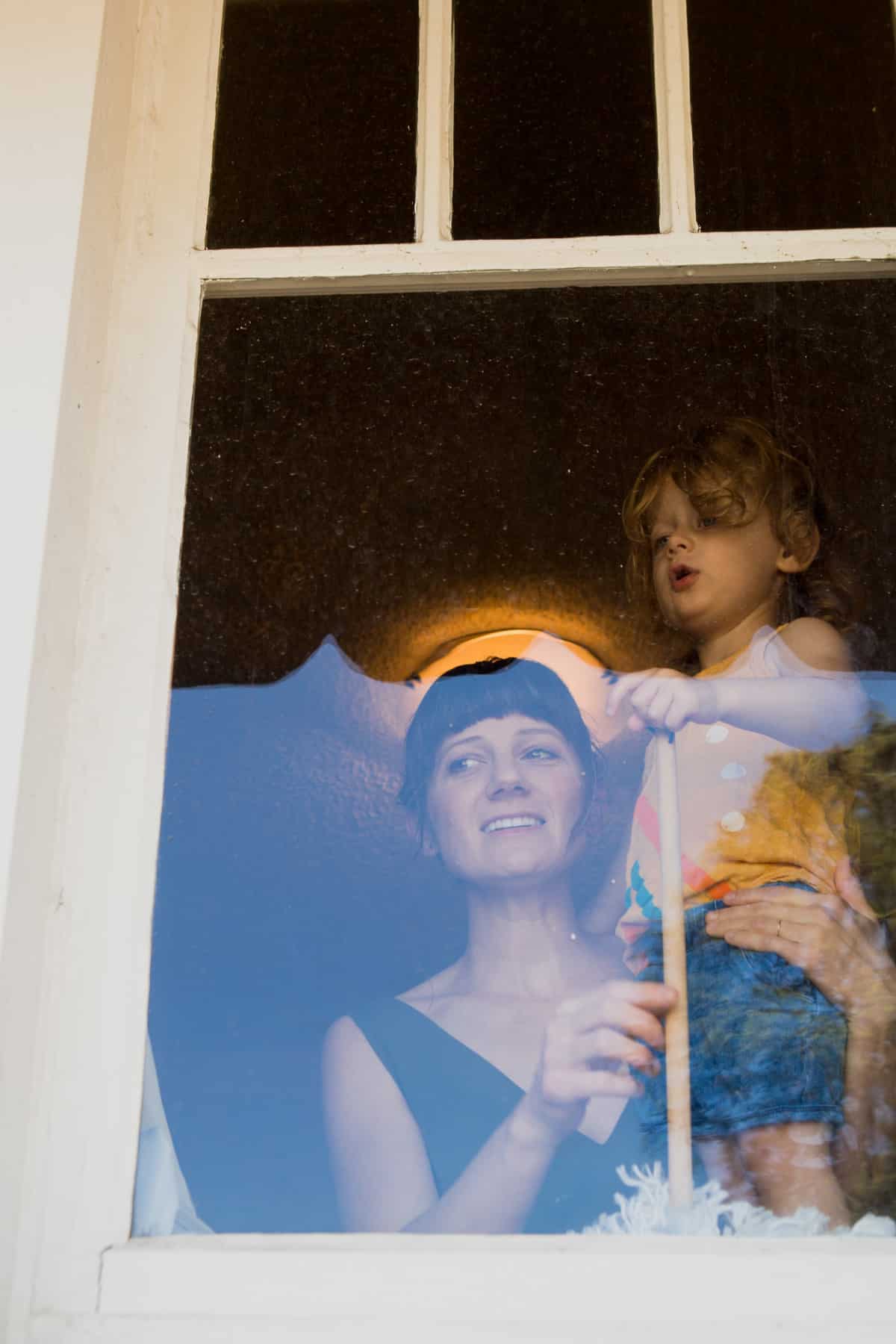
How did your latest project, Looking Thru Glass, come about? How did you get the idea for it and what was the moment when you knew you had to bring it to life?
I got the idea from another photographer, Arne Svenson and his project “The Neighbors” in NYC a few years back. Gorgeous photos, almost like Vermeer paintings. A bit controversial since the New Yorkers were unaware. There were some lawsuits. In contrast, all my subjects were fully aware but I often directed them to ignore me. I wanted to capture their loneliness, the same loneliness I myself felt. But I still wanted it to be beautiful, melancholic, bittersweet.
Because all these people and myself are so incredibly lucky to have places to live, from the comfortable to even luxurious for some of my subjects. And I’ve always loved the intimacy of voyeurism, even if it’s a totally crafted voyeurism, like a movie. I still am obsessed with watching actors act even though I happily quit acting almost 10 years ago. I’m much better at observing than emoting. My acting background certainly has given me many gifts as a photographer though.
This whole pandemic reinforced in me that I am adaptable and I always will find a way to work and to create. I shouldn’t worry as much as I do. An astrologer once told me that professional success is in my chart. It’s inevitable.
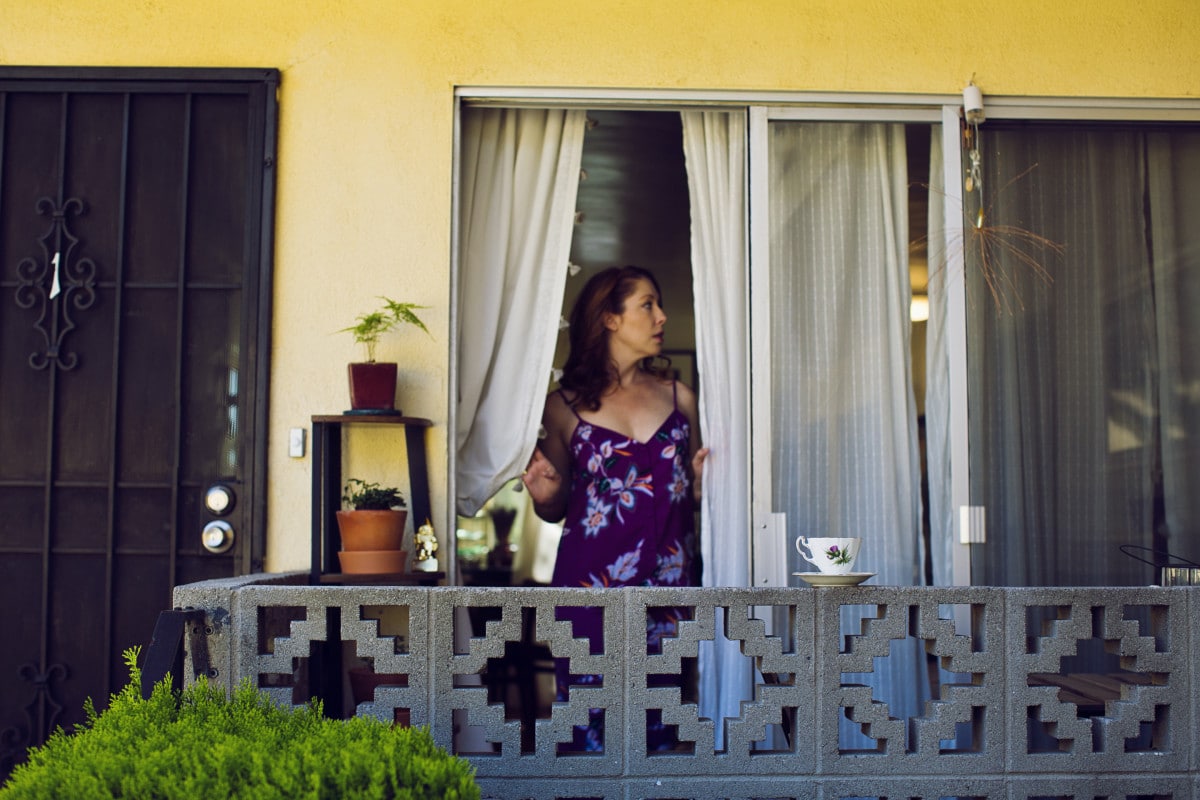
Human interaction and photoshoots look very different this year compared to previous ones. How would you say COVID has affected your creative process?
Shooting with a mask, trying to work safely while still maintaining inspired and positive vibes have all been challenging. At first, my viewfinder kept fogging up. It just takes a lot more energy — how to find the balance of not letting fear take hold, but still staying conscientious and sensitive. Catering both my personal and professional life to those clients who may be high risk or have high risk loved ones has also been a concern. Other changes I’ve made have been dispersing clients and adding cleaning, but it does feel constricting.
There is also far more travel by car than in previous years. I haven’t gotten on a plane yet, which is a big change as more than two-thirds of my income came from clients I flew to or clients who flew to me.
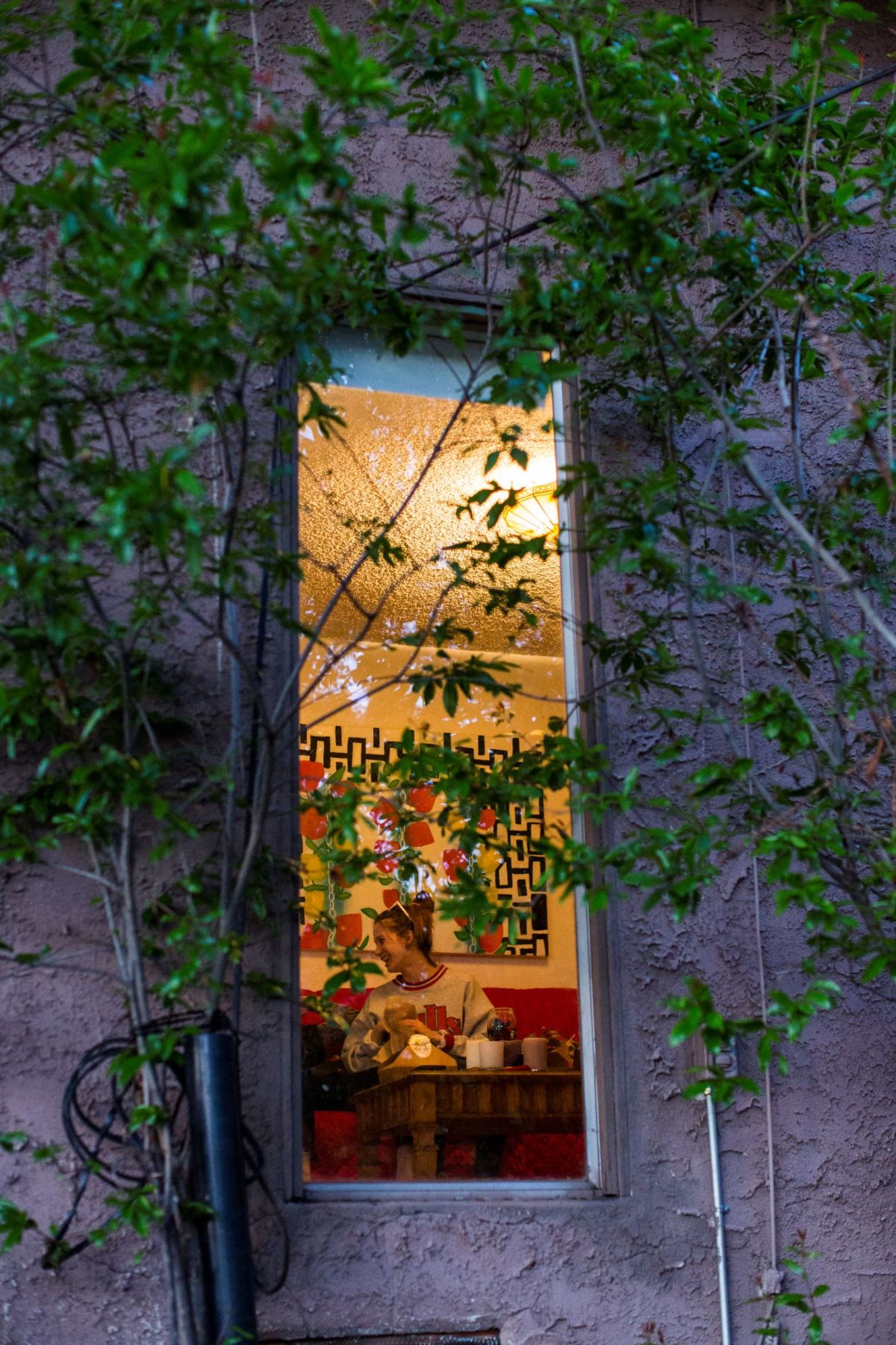
What about your personal life?
My “bright shiny object syndrome” helped me as a photographer, especially when it comes to personal branding shoots for entrepreneurs and coaches, giving them such an incredible variety of the photos that they really need for online and for their marketing. But my mild ADD feels much more prominent now that things are constricted, especially now that I’m much more isolated.
I can certainly relate to kids having difficulty with online learning with the distancing restrictions in place. I’m the same way. I wish I was taking advantage of this downtime to bulldoze through some online classes, but there doesn’t seem to be enough Gingko Biloba in all the Whole Foods in America to get me to focus for long.
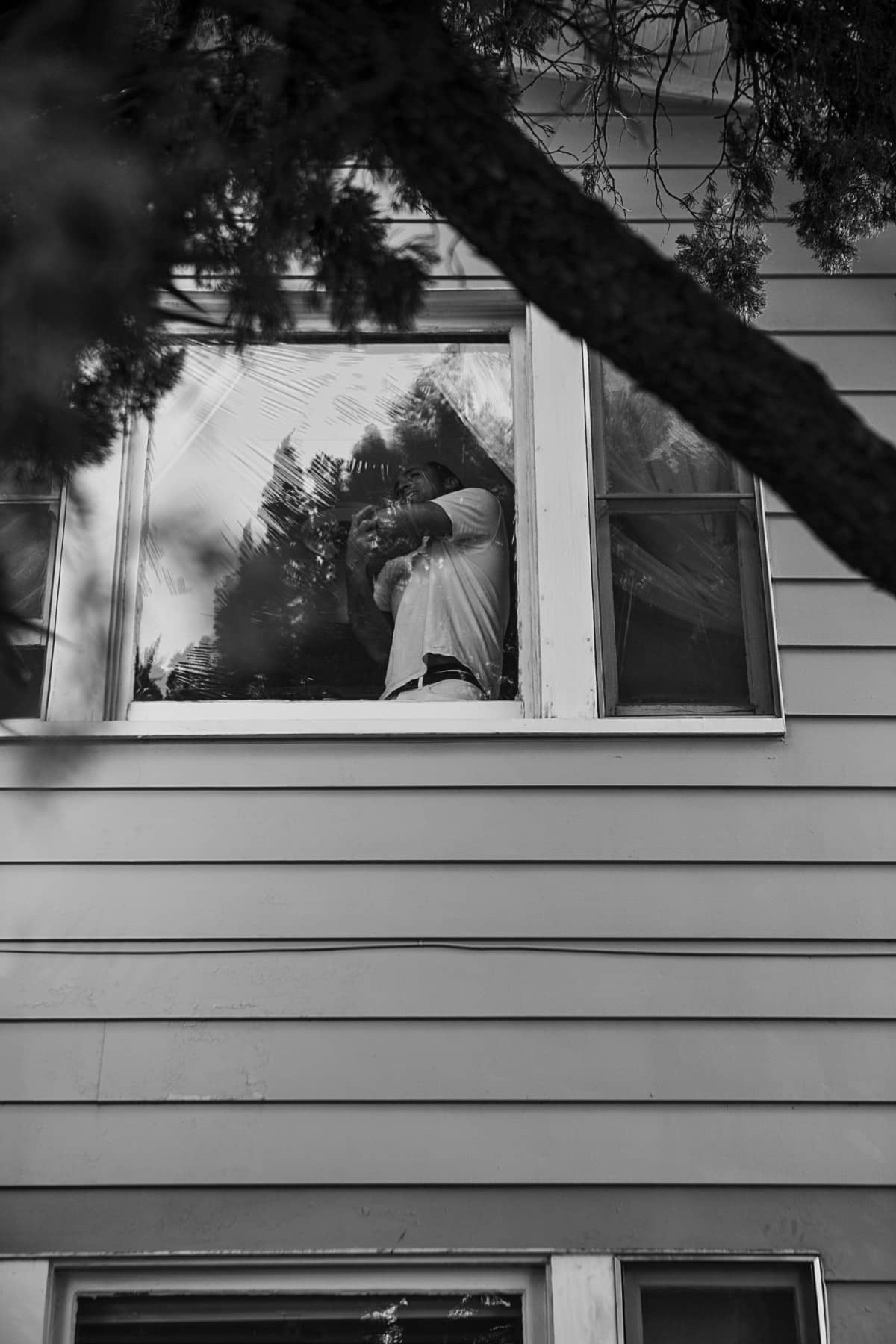
Is there anything else you wish to add?
I think there is a big shift happening. People’s values are shifting. We are being confronted in so many ways. Life is short – and unjust, hard, and uncomfortable for most people. Money, luxury, class. I think those things are becoming less important. I think – or hope – that we are becoming more interested in ourselves as an interconnected whole, from our own neighborhood community to Our country to the world’s people and environment. I think we are standing at a sort of grand cosmic fork in the road.
Caroline White says that the biggest change she experienced this year as a photographer is being in one place. This change of pace is especially challenging to her because as a photographer, she says she spends more than half her time traveling for shoots. Staying in place has not been without her challenges, but she says requests for people to capture their COVID experiences continue to steadily come in. As a result, she’s finding the journey has been one toward the self.
See more of Caroline White’s photography work aquí.
Images courtesy Caroline White, from her exhibit - Thru Glass: A Los Angeles Portrait Photographer’s Quest for Connection and Creativity in the Age of Covid.
